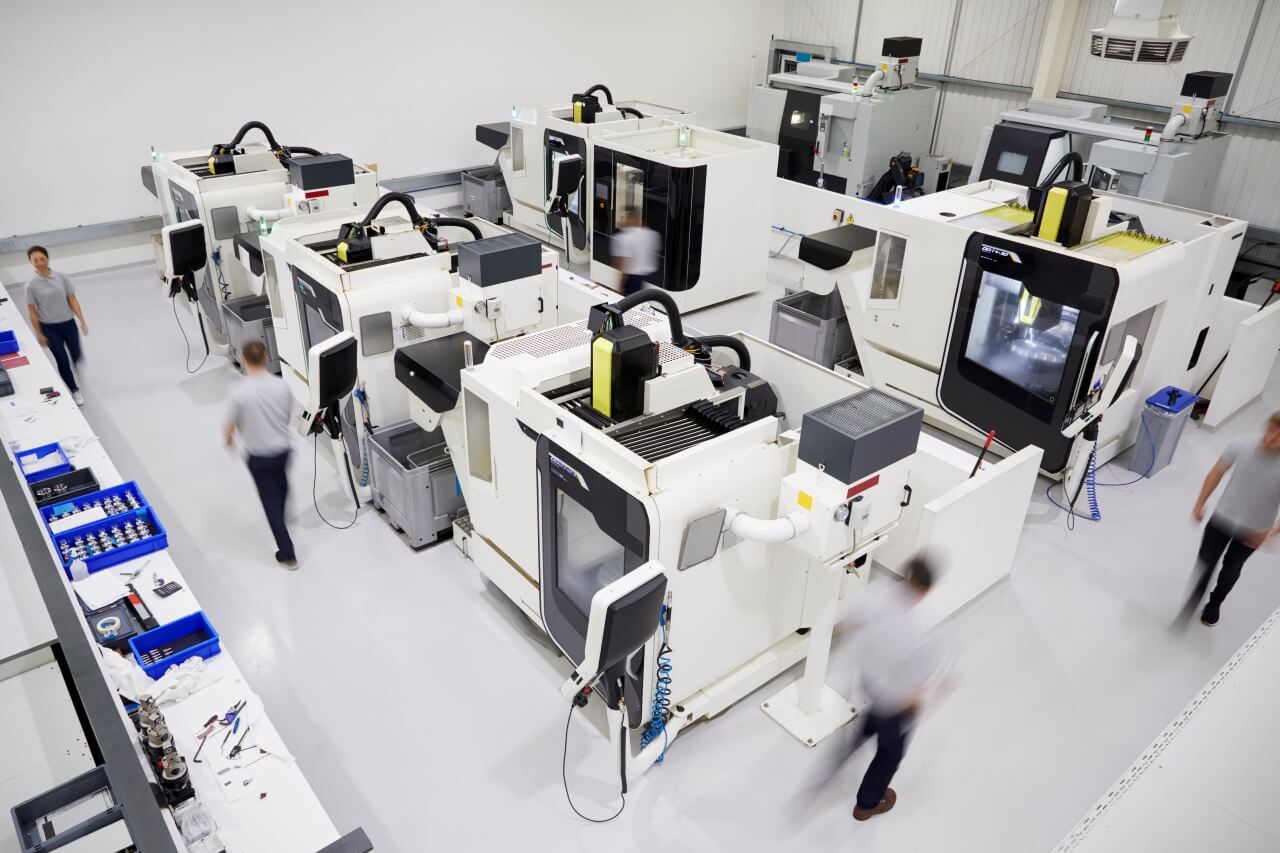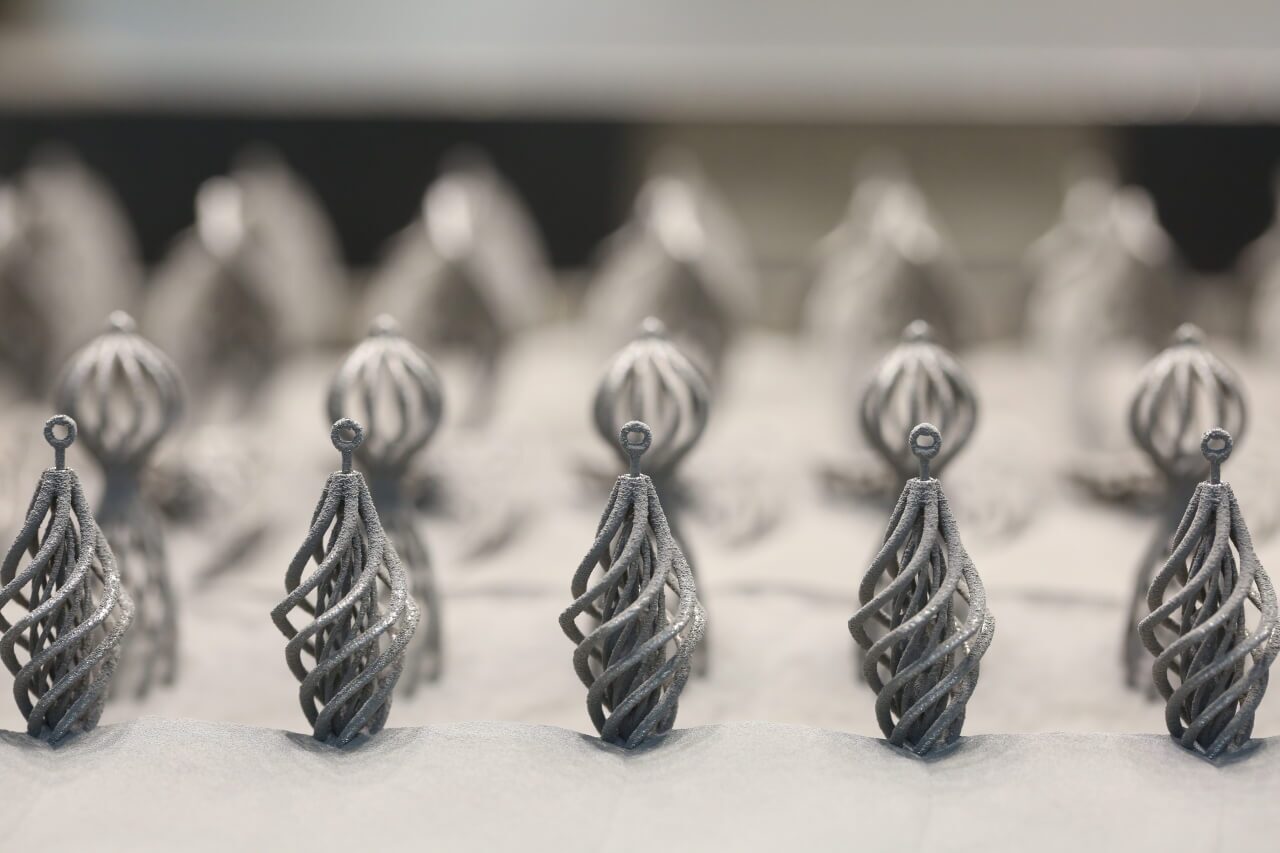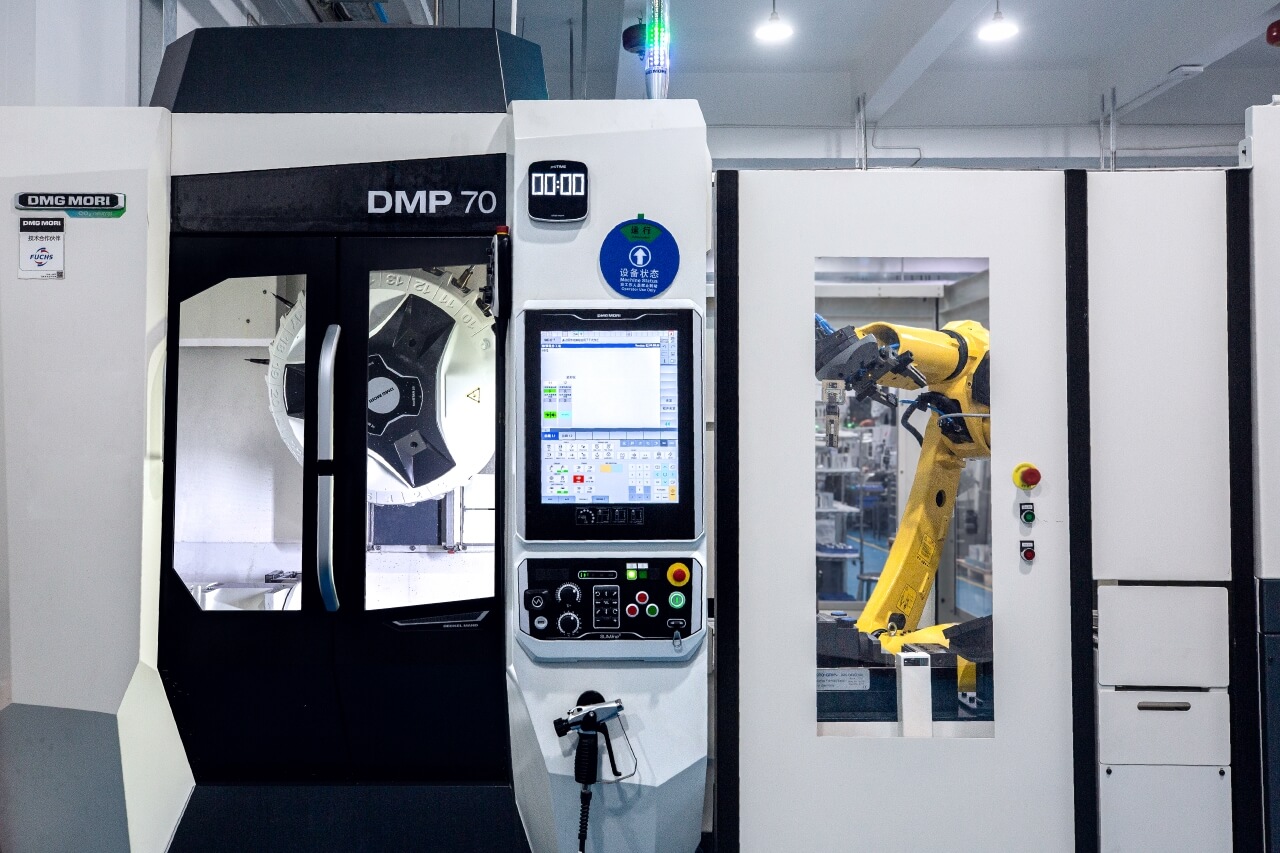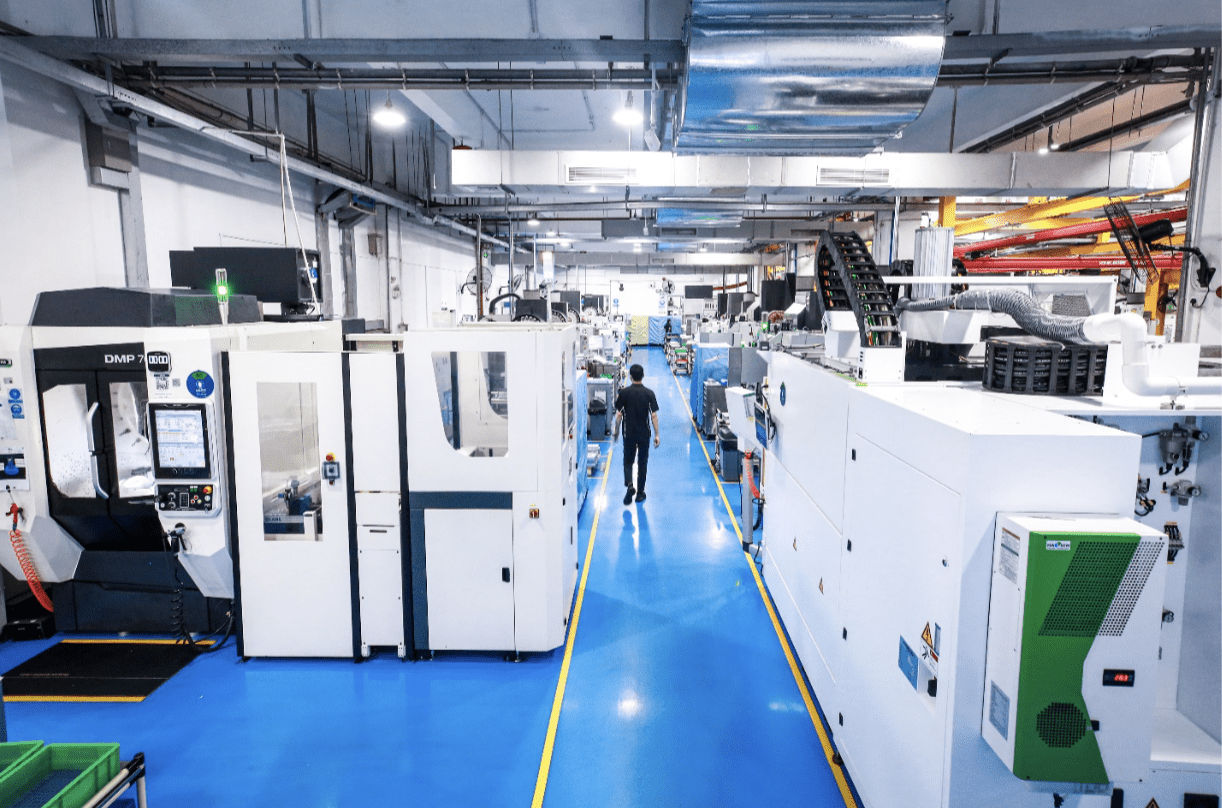Monitoring physiological conditions has never been easier, thanks to wearable medical tech. This technology has transformed the way humans can monitor their vitals, and the best wearable medical devices offer an array of real-time data for physicians and health professionals to analyze. But for such wearables to be successful in the marketplace, they need to provide useful functionality, as well as be comfortable and stylish enough to be readily adopted by average consumers. The more they are accepted and become common lifestyle accessories, the more they will encourage product developers to innovate other useful solutions for health and wellness.
Medical Wearables Product Designs
One of the most important aspects of wearable medical tech is product design. This goes beyond just what the product looks and feels like, but also how it works.
Let’s take a look at some of the best applications in the wearables market, and how their UX design successfully blends technology with style. Maybe these design tips for health wearables can help you in developing your next prototype.
Fitness Trackers
Early fitness trackers were little more than pedometers that helped users to track their steps each day.
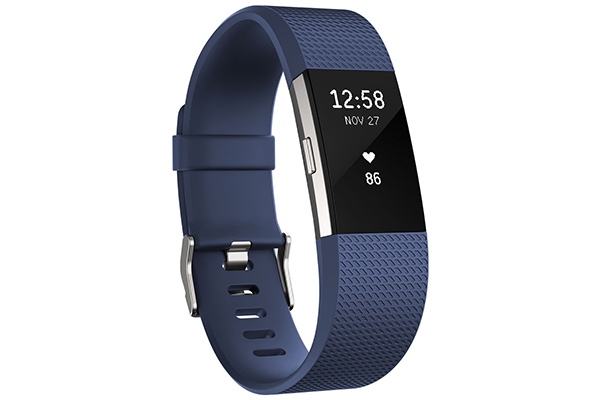
Now, connected fitness trackers like Fitbit® or Garmin Vivofit® offer a host of advanced features to help active people monitor their heart rates, detect perspiration levels and keep track of calories. When connected to a cell phone app, these data points can be used to create customized training programs and compete with other users in an online community.
This design works so well because it’s lightweight and thin, comes in many colors to suit a variety of tastes, and doesn’t look ostentatious. It’s no more obtrusive than a wristwatch, while offering all the essential data at a glance. It’s also mildly waterproof, and the flexible rubber wristband stands up to regular exercise without complaint.
Athletic Enhancement and Injury Prevention
Professional athletes push their bodies to the limits of endurance, which puts them at great risk for injury. To get the most from athletic performance it’s critical to have access to a wealth of biometric data to track an athlete’s performance and intervene before they get hurt, overtrain or run out of fuel.
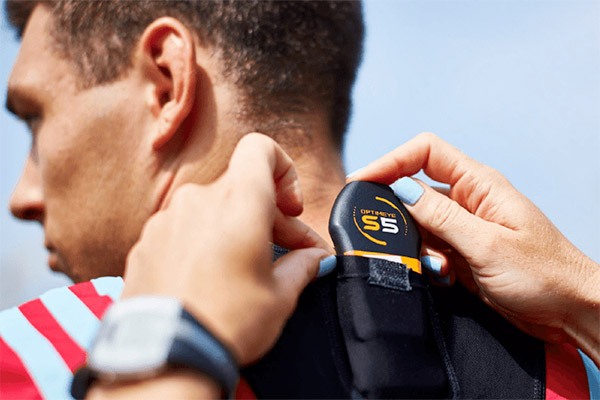
Sport tracking devices like those from Catapult of Australia use GPS positioning systems along with multiple sensors and gyroscopes to monitor a variety of metrics for athletic performance. These include intensity, volume, acceleration and explosiveness – information that players and coaches need to achieve greatness or warn them when it’s time for a break.
Sport trackers can’t be allowed to interfere with the athlete’s natural movement and of course they need to be safe. The Optimeye S5 from Catapult fits into an elastic bra, staying securely out of the way, but still accessible. The electronics are housed in a robust plastic shell with safely rounded contours that can handle pressure and keep on working.
Biometrics
Biometrics refers to data that’s specific to you and your body. They are often used for security purposes to control access, but they can also be used to provide tailored healthcare solutions.
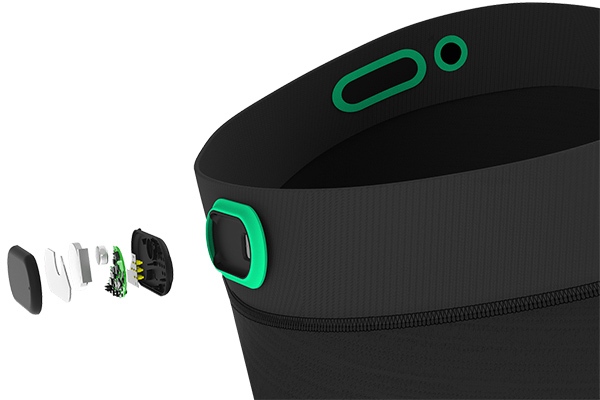
The collection of biometric data has leapt ahead with the development of flexible fabrics containing embedded sensors that unobtrusively collect information about users as they move, work and sleep. One such application is called SKIIN, from Myant of Canada.
SKIIN is meant to function exactly like regular underwear. A wireless sensor monitors ECG, heart rate, breathing, stress, sleep patterns and more. These biomarkers give you insight into your well-being and help you to choose targeted therapies for the best personalized results. The SKIIN sensor can also “talk” to other connected devices in your home, for example unlocking your front door as you approach.
Notice that the SKIIN sensor module is thin and flat, and fits into a soft collar to prevent sharp edges. It should be water-resistant, yet easy to remove for washing the fabric and for recharging.
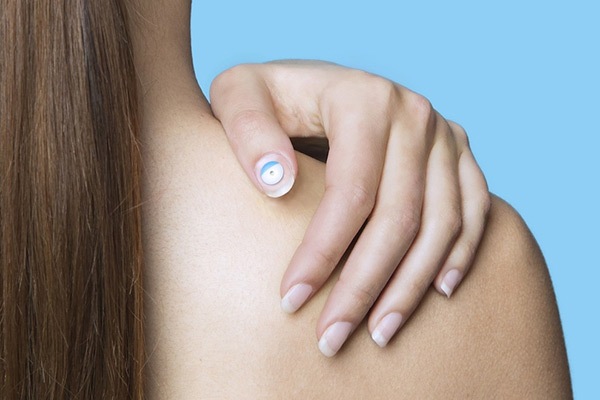
MC10 and L’Oreal have teamed up to create another application—the UV Sense—a tiny sensor that reads UV light and warns the user when it’s time to come in out of the sun to avoid burning, or worse. The UV Sense is ultra light and small, and looks like nothing more than a fashionably painted fingernail, so no one will know you’re wearing it.
Stress Management
Stress is considered the most prevalent, and yet treatable, cause of chronic disease. Everyone has various levels of stress throughout the course of a busy day, but what can we do about it? Rather than rely on drug therapy, there may be some innovative solutions that work in harmony with the body.
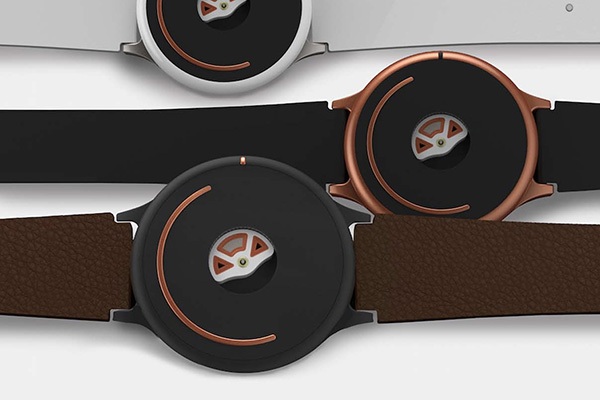
One solution is called doppel. Applying research in psychology and neuroscience, doppel creates a simulated pulse of silent vibrations which help to reset the body’s own natural bio-rhythms.
A user can dial in a slower pulse for a more calming effect, or a faster tempo for vitality and alertness. As with other wearable medical tech, it looks and feels like a stylish wristwatch, and the view window of the spinning magnetic rotor adds a unique and fascinating visual flair, not unlike the complex movement of a fine mechanical timepiece.
Medical Assistance
The most important use for a medical device wearable is to provide assistance when it’s needed. After years of research, Dr. Rosalind Picard of MIT realized that there were certain physical predictors associated with the onset of epileptic seizures. Using these triggers, in conjunction with artificial intelligence and machine learning, she and a team of scientists were able to create a unique sensor to measure a wearer’s electrodermal activity (EDA).
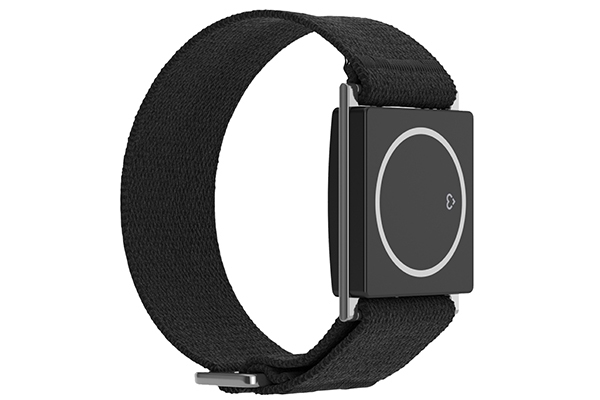
This resulting Embrace wearable, from Empatica, connects to a phone app and allows primary caregivers and other loved ones the ability to monitor a person’s susceptibility to a seizure – before it takes place.This critical information can be a life-saver if received and acted upon in time to provide needed medical support.
Smart Technology and Smart Design
The above examples are just a snapshot of some of the innovations being made for wearables that are intelligent, connected and which interact with human bio-feedback. They also exemplify good design choices—small, discrete, fashionable, lightweight and easy to wear. Now that you’re inspired by their ideas, upload your CAD files for a free quotation on your next project.


